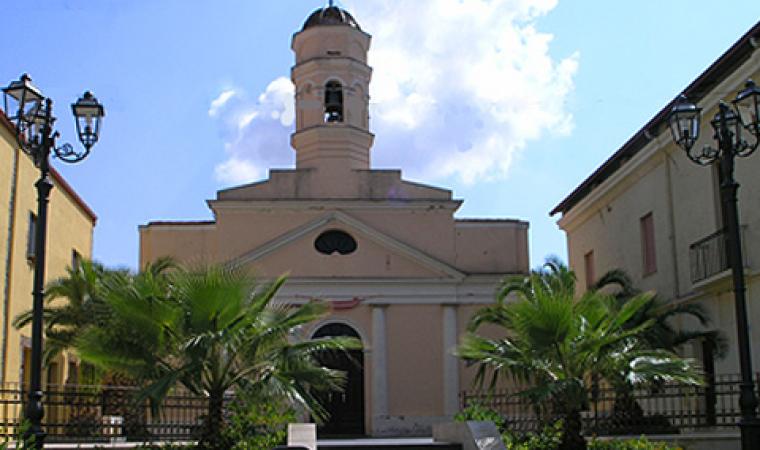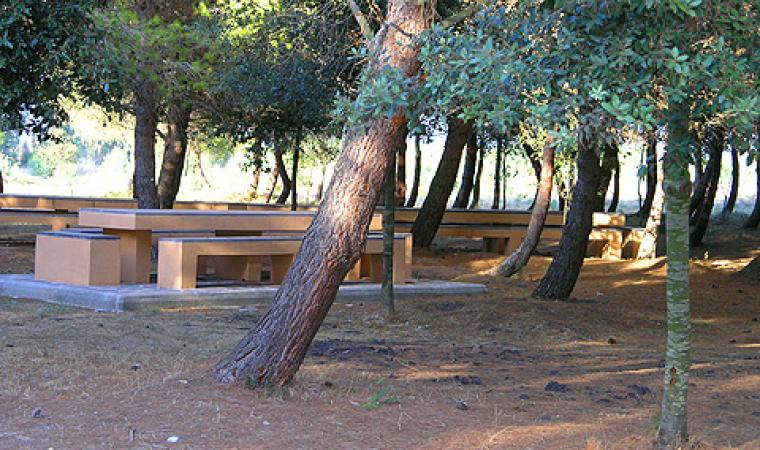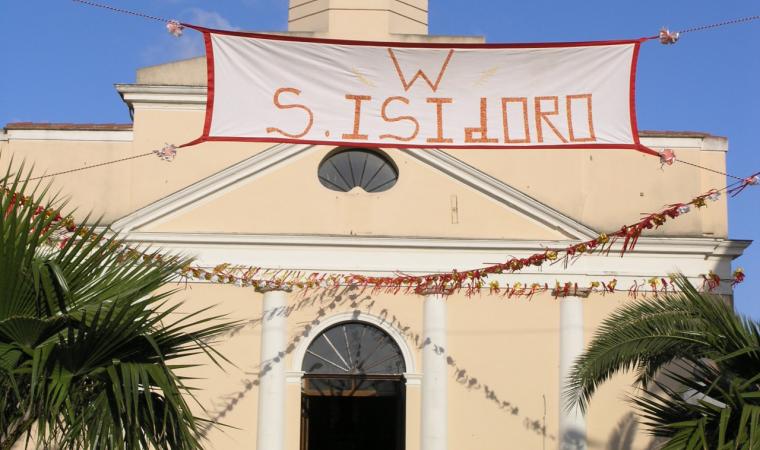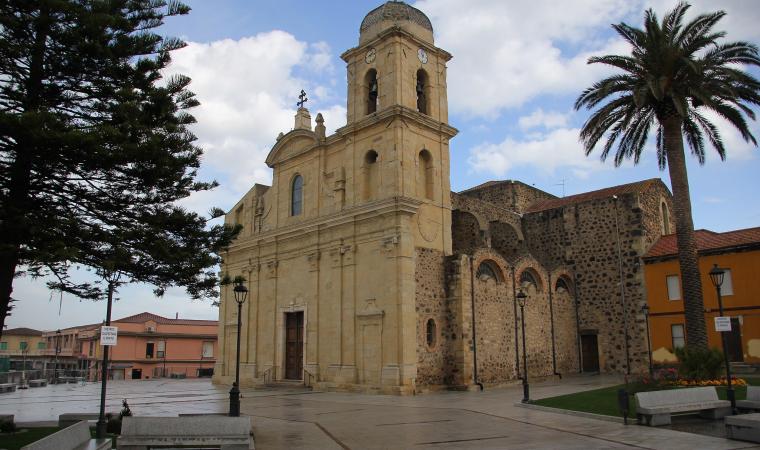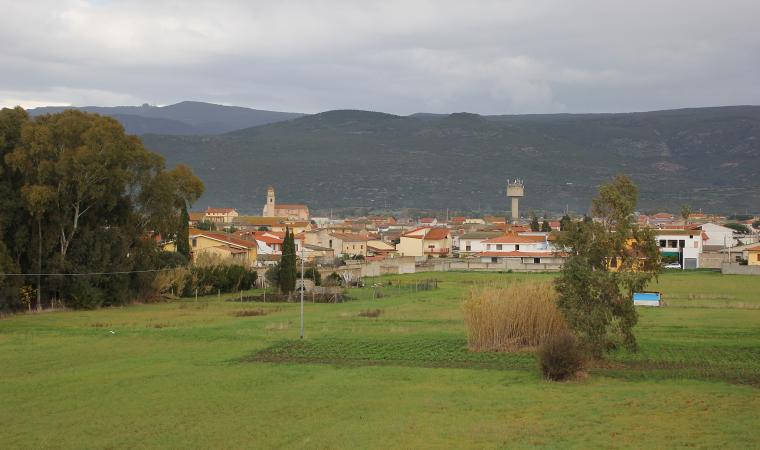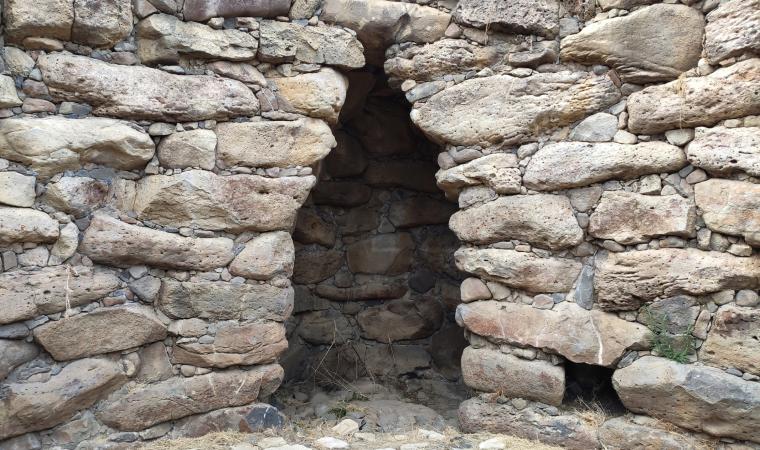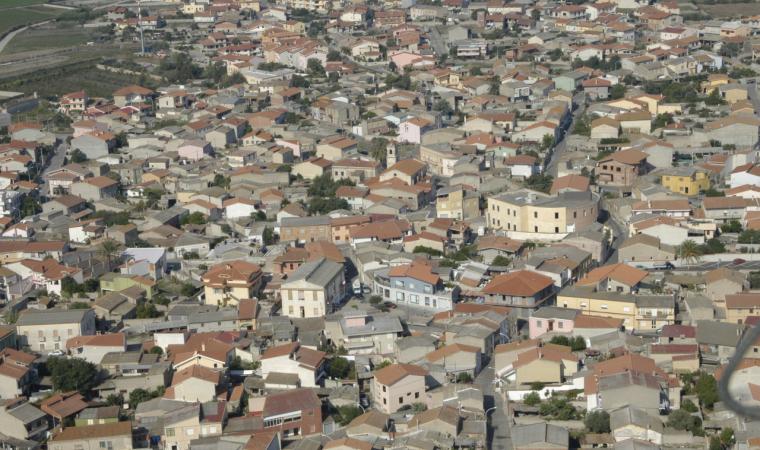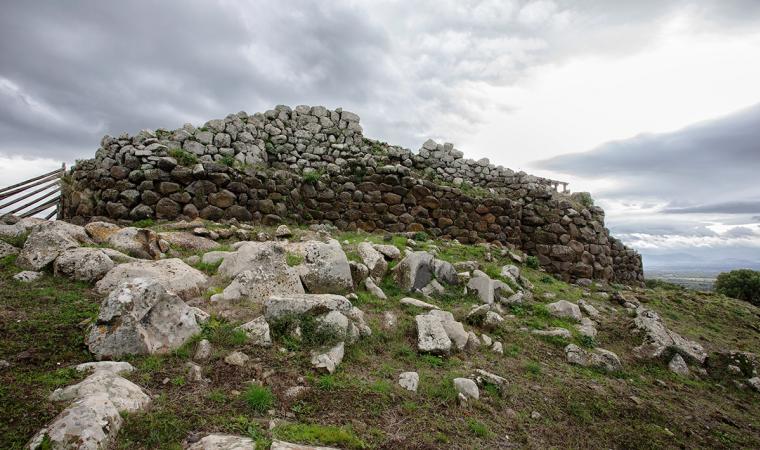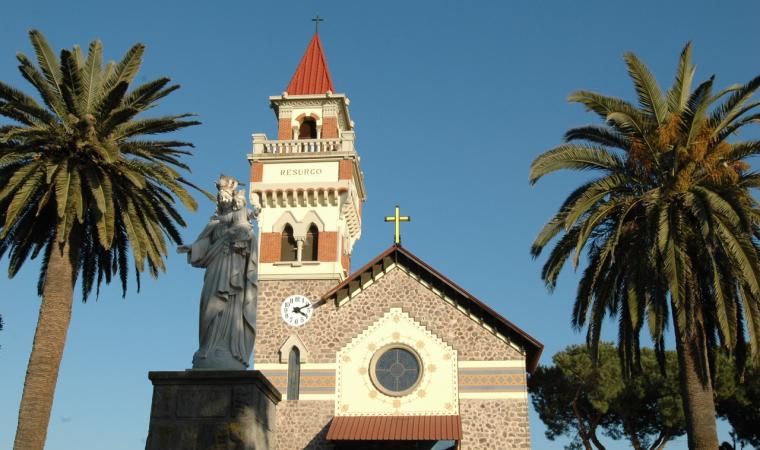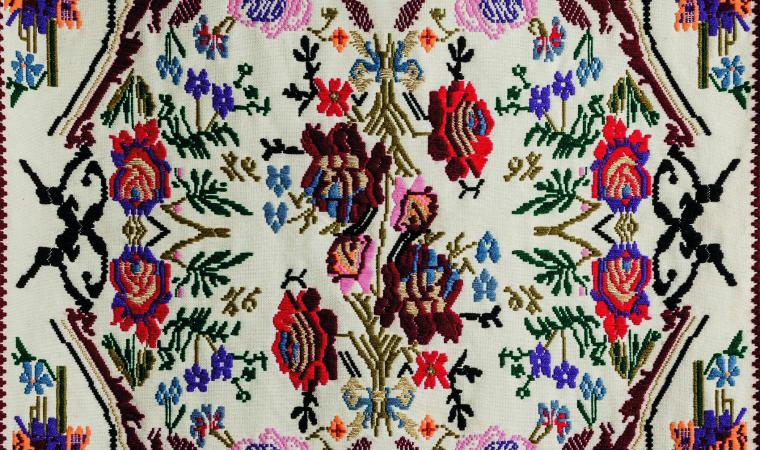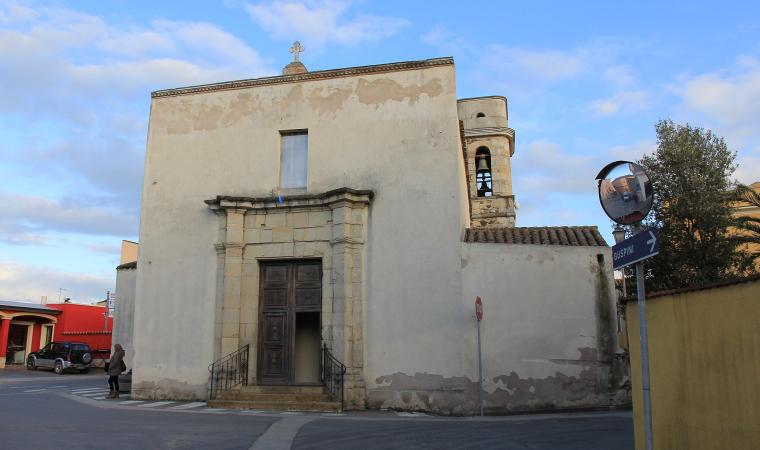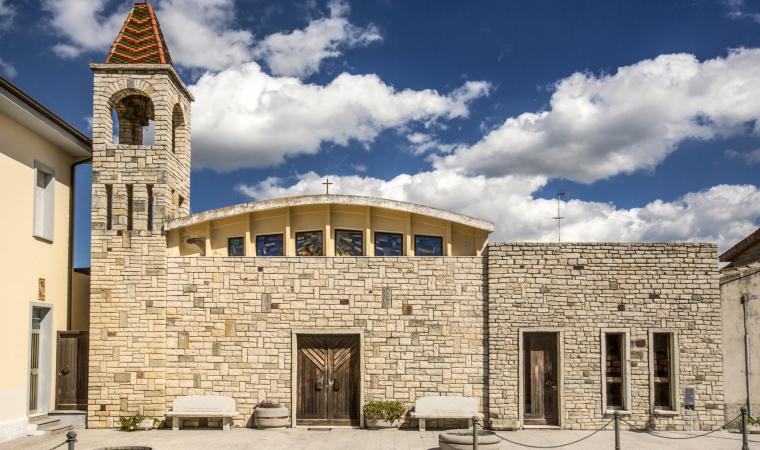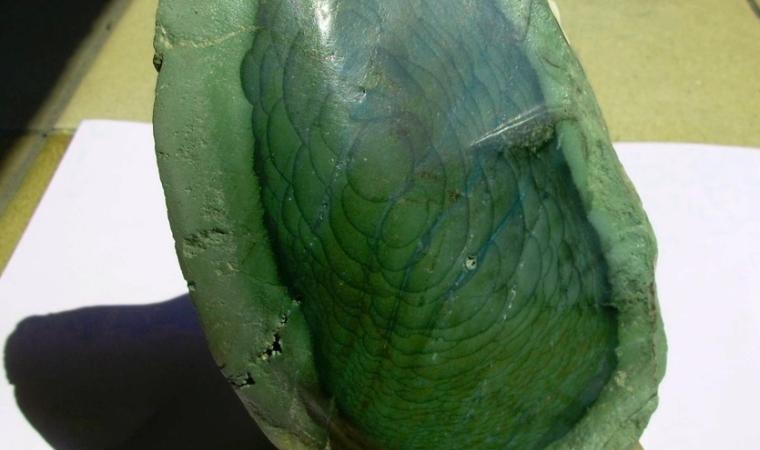It lies in a flat stretch crossed by Flumini Mannu and Rio Sitzerri and enclosed by the ranges of Monte Linas and Monte Arci, a short distance from the Arborea marina and less than half an hour from the magnificent and wild beaches of the Costa Verde (Arbus). San Nicolò d’Arcidano is a town with 2,000 inhabitants, bordering the province of Oristano in southern Sardinia, whose main resources are agriculture and craftsmanship, well-represented by the Arcidano Produce event held in mid-August, exhibiting and selling agricultural and artisan products. Its viticulture is particularly renowned, thanks to the Bovale and Su Muristellu vines, from which derive esteemed wines. Inside the village is Sa Mizza de Fagoi, an ancient spring that once quenched the thirsts of shepherds and travellers.
At the highest point, along with the town’s centre, stands the parish church of San Nicolò Vescovo, the origins of which are uncertain. The last reconstruction is likely to have been around 1660, certainly before 1763, when a neoclassical façade was erected with a Greek temple front made of columns that support a triangular tympanum. The patron saint from whom the name of the town derives is celebrated in September, upon the ‘opening’ of the harvest season. Other religious festivals are held at the end of June for Sant’Isidoro, protector of the farmers, and at the end of July for Santa Margherita. Its peak, today occupied by the parish church, once held the Nuragh’e Luxia, one of the seven Nuragic structures of the Arcidanese territory. Most of them are ruins, the most important being the Peppi Tzappus, a polylobate, near to which is the Nuracciolu. Both are in the locality of Is Codinas, where traces (in the form of brick walls) of the Roman era are also evident. There were probably once villas, whilst funeral urns were found in San Pantaleo and Santa Barbara. Also from the Roman era is the stone holding the cross positioned on the road at the exit of the village, heading towards Uras. Remnants from Roman times are manifest thanks to the proximity to the ancient city of Neapolis, where a significant trade port existed since the Phoenician-Punic age. Commencing in the 15th century, it became a landing point for the raids of barbarian pirates who looted the territory and forced the abandonment of many towns, including the Architano, meaning ‘on the road of the Arci’, being that which led to where precious obsidian was extracted and sold in prehistoric times it. Under the Giudicato of Arborea, there were two villages: Architano Magno, with a church dedicated to San Nicolò, and Architano Parvo, abandoned in the second half of the 14th century. The name Arcidano was restored in the mid-17th century, when a nucleus of about 60 families from Samassi and Furtei re-established the town. The first documents attesting such date back to 1665.


